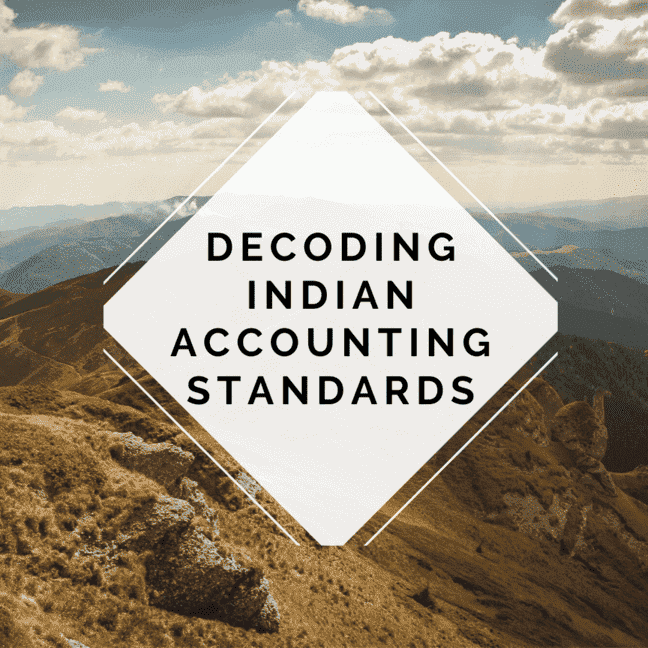
This article is a continuation of Part II of Decoding Indian Accounting Standard (Ind AS) - 12 which can be accessed here. Recognition of current and deferred tax Accounting for the current and deferr...
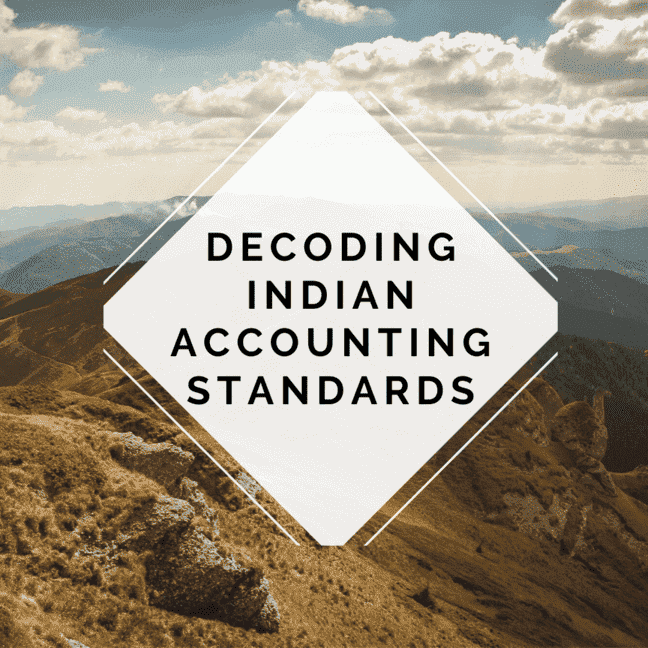
This article is a continuation of Part I of Decoding Indian Accounting Standard (Ind AS) - 12 which can be accessed here. Recognition of Current Tax Liabilities and Current Tax Assets Any unpaid ta...
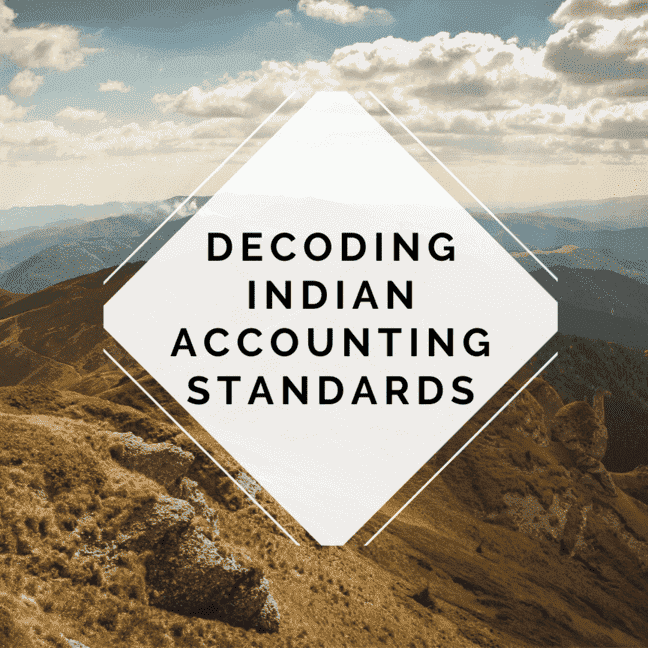
This Ind AS explains the process of aligning a business's profit with its taxable profit as required by tax laws. In order to make this technical topic easier to understand, I have broken the blog into several p...

Ind AS 10 "Events after the Reporting Period" is applied in the accounting for, and disclosure of, events after the reporting period. What are the objectives of implementing this Ind AS? When an entity...

Ind AS 8 "Accounting Policies, Changes in Accounting Estimates and Errors" is intended to enhance the relevance and reliability of an entity’s financial statements, and also to make financial stateme...
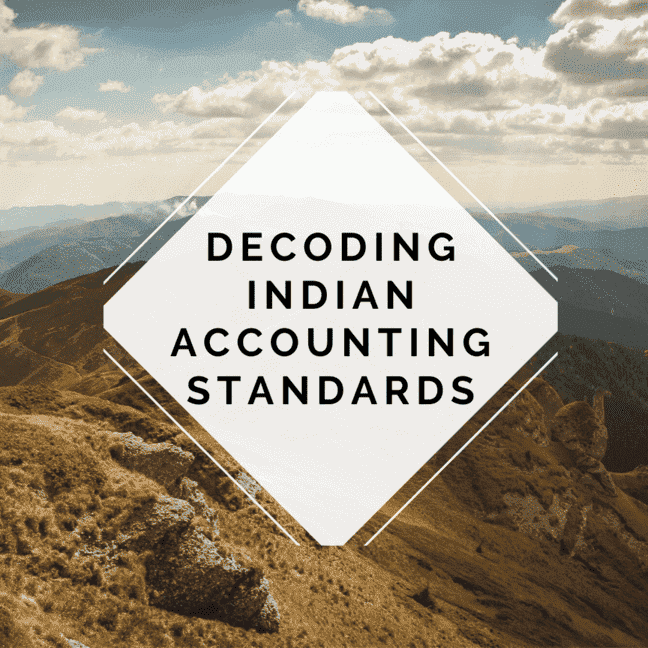
Firstly, I have not covered the basic classification of cash flows between the Operating, Investing and Financing Activities in this blog as we all know the basic thing. So, what is covered in this blog? The things that ...
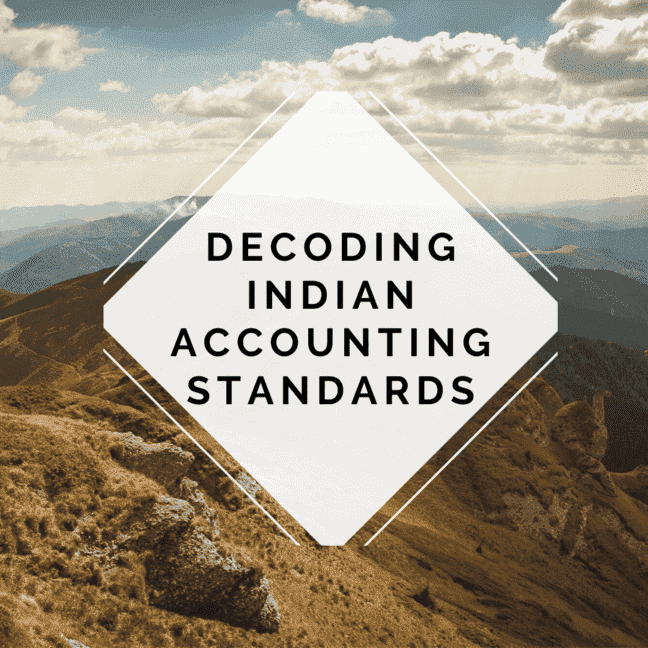
What are the objectives of implementing this Ind AS? The objective of this standard is to prescribe the accounting treatment of inventories. It provides guidance on cost formulas to ascertain the value and determines ...
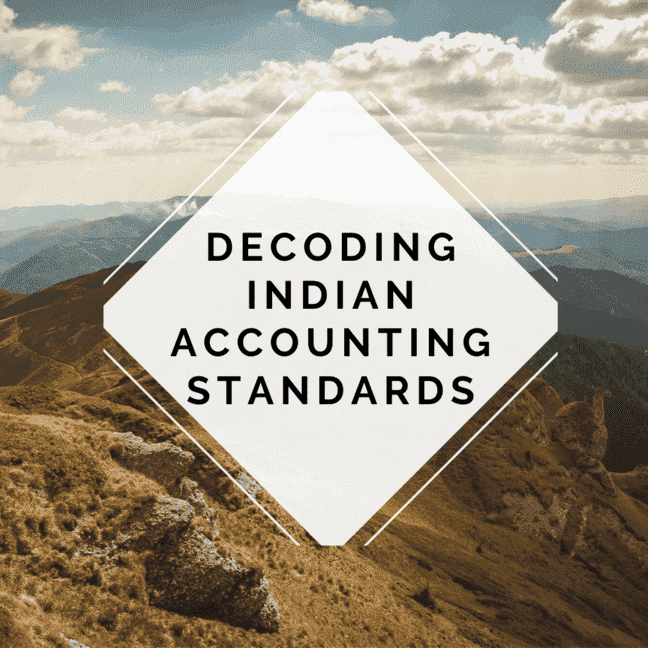
In part 1 of Ind AS 1 we covered the objectives, Relevance, Role and basic points to be remebered while implementing. In this section we will cover the Key paragraphs, Disclosures oriented paragraphs and Carve Outs betwe...
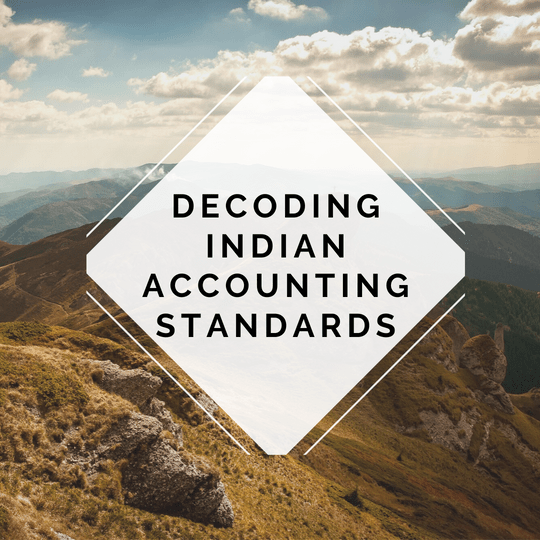
What are the objectives of implementing Ind AS 1? Primarily this Ind AS objectifies the preparation and presentation of General purpose Financial Statement for profit oriented entities (Can also be applied by not-for ...

Firstly Thank you all the readers for showing interest in our content, this motivates us incredibly to write more blogs. This blog is in continuance of Blog "List of Ind AS and their related AS - Part 1" whi...